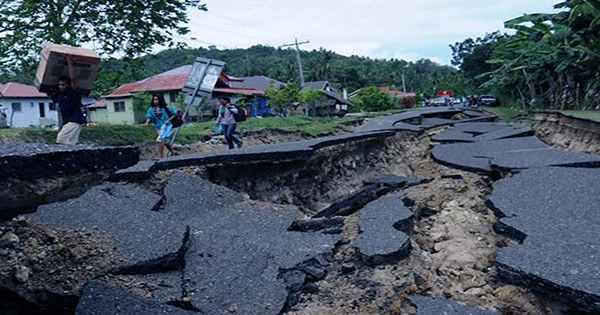According to a new study from the University of California, Davis, coal trains are associated with greater incidence of asthma, heart illness, hospitalization, and death among persons living near rail lines. The study, published online today in the journal Environmental Research, focuses on the San Francisco Bay Area and is the first to examine the health impact of coal train pollution in the world.
It discovered that coal train pollution has serious health consequences that disproportionately affect communities of color, the elderly, and persons with poor incomes. While the study focuses on East Bay areas, its findings have ramifications for people around the world that live alongside passing coal trains. Coal power is used in at least 80 nations and accounts for around 40% of global electricity production.
“These trains run all over the world, exposing the poorest populations who often live close to the train tracks,” said lead author Bart Ostro, a scientist with the UC Davis Air Quality Research Center. “As a result, these impacts have local and global implications.”
Our study is a microcosm of what likely affects millions of city residents throughout the world living near passing, uncovered coal trains that deliver coal to power plants and export terminals.
Bart Ostro
Coal, and more coal
The research includes sections of Oakland, Berkeley, Martinez, and Richmond, where coal is currently being transported by train from Utah mines. The assessment focuses on the potential health effects of a planned coal terminal under review, which could transport an additional 7.4 million tons of coal to the Port of Oakland by rail each year.
“That translates to about 10 trains per week potentially passing through a densely populated urban area,” Ostro went on to say. “The trains continuously emit minuscule particles known as PM2.5, or fine particles, which are regulated by the US EPA. This leads to long-term exposures. The particles can enter the lungs and bloodstream, posing significant health concerns.”

Health impacts of coal trains
To quantify the health impacts of PM2.5 emitted from passing coal trains, the study authors integrated air quality data with medical and demographic information using software mapping and analysis programs. They ran different scenarios for increases in PM2.5 for the roughly 262,000 people who would be exposed.
They found that, under the most severe scenario — an increase in annual fine particulates of 2.1 micrograms per cubic meter of air – six additional people would be expected to die each year among this population. When the authors adjusted the analysis to incorporate the higher risks for people of color, an estimated 15 total deaths were possible.
The study results also suggested:
- 28 additional hospital admissions for heart disease.
- 22 new cases of asthma.
- 17 additional cases of pneumonia.
- 58,000 additional days of asthma attributable to coal train transit.
Several of these outcomes represent a 3 to 6% increase over current levels. Under a less severe scenario (1 microgram per cubic meter of air), additional yearly health impacts would be about 50% lower.
Race-specific estimates
The study also provided race-specific estimates, finding that Hispanic and Black residents have 41% and 29% higher levels of PM25.5 exposure, respectively, relative to White residents.
“Our study is a microcosm of what likely affects millions of city residents throughout the world living near passing, uncovered coal trains that deliver coal to power plants and export terminals,” said Ostro.
















